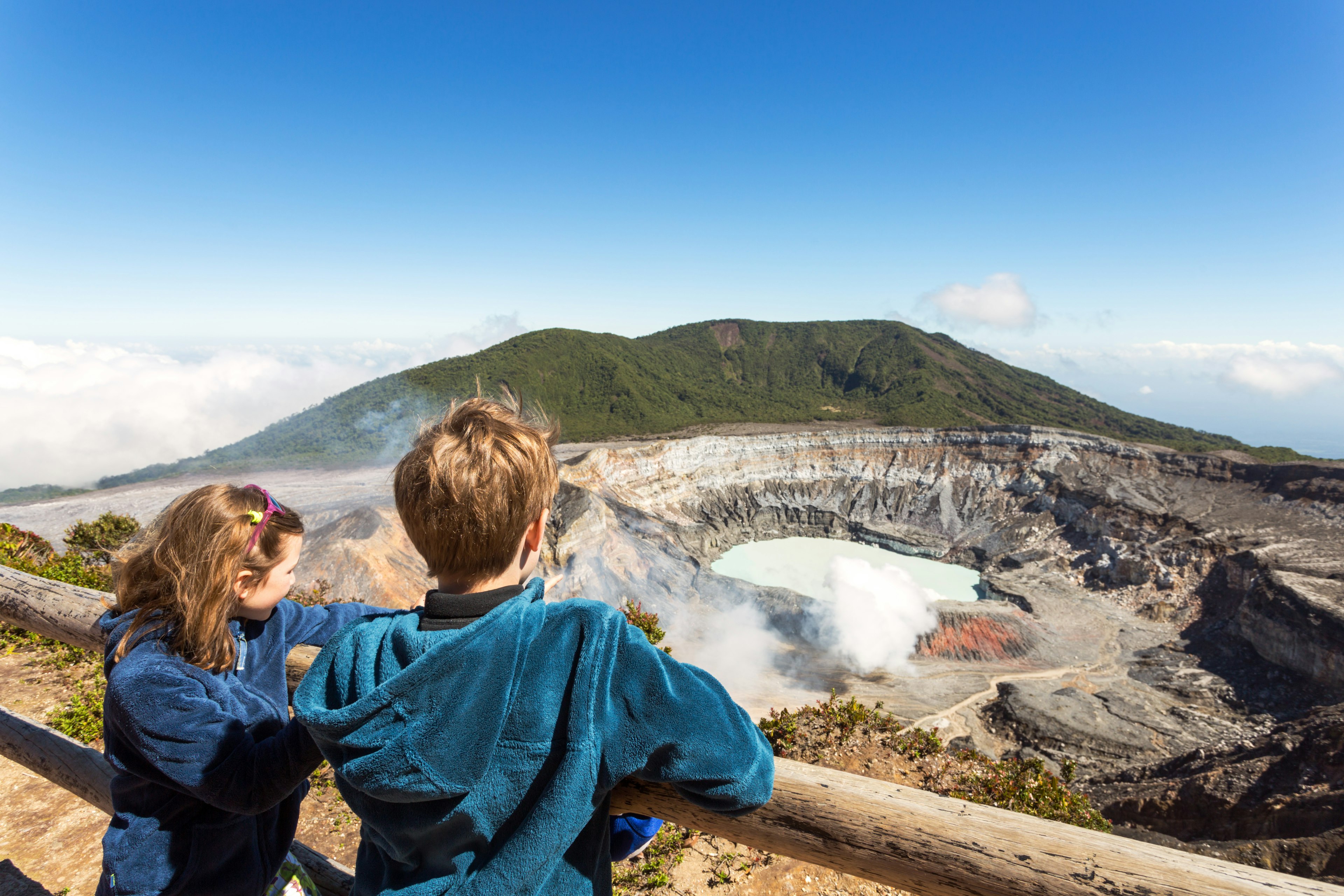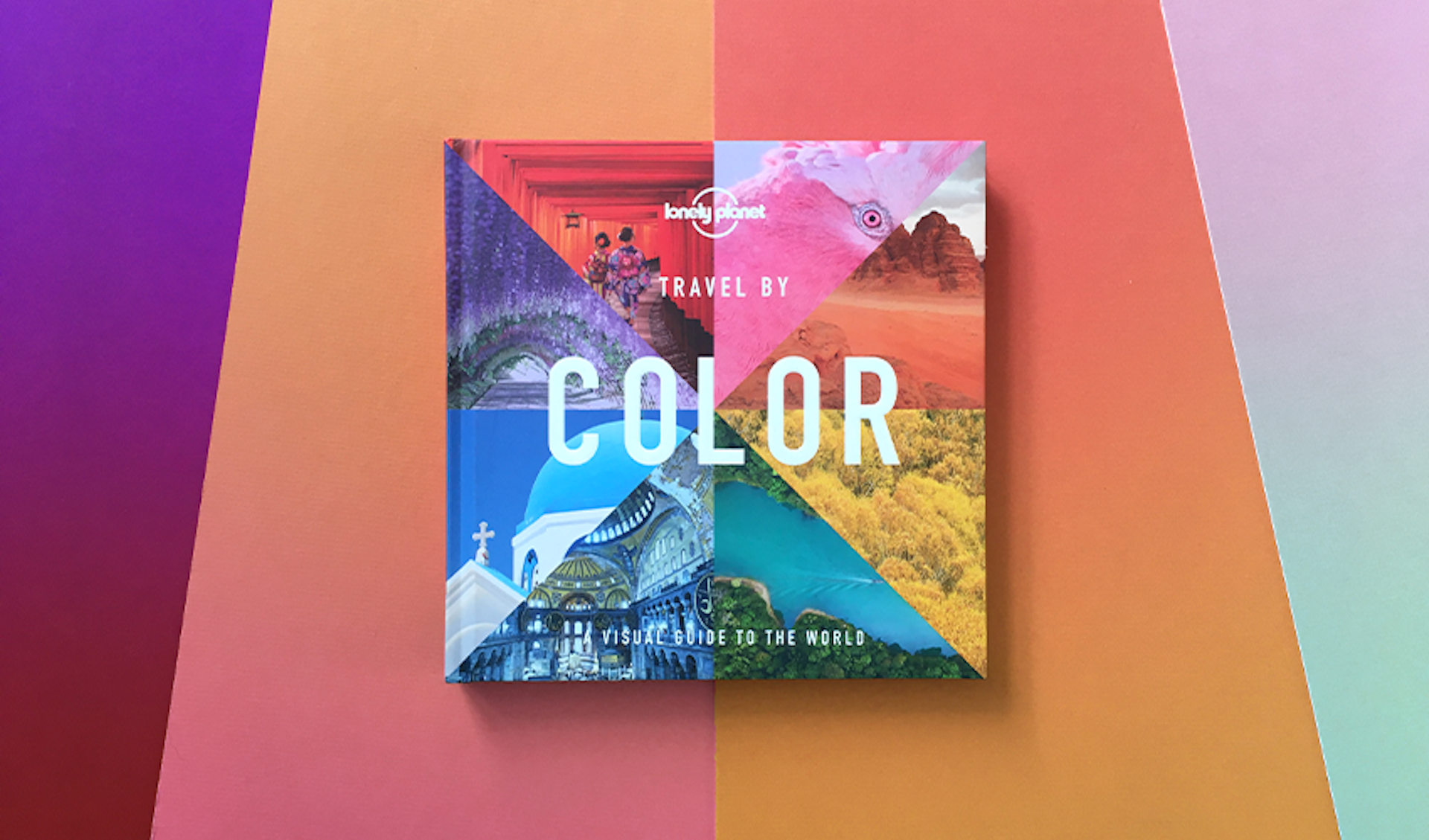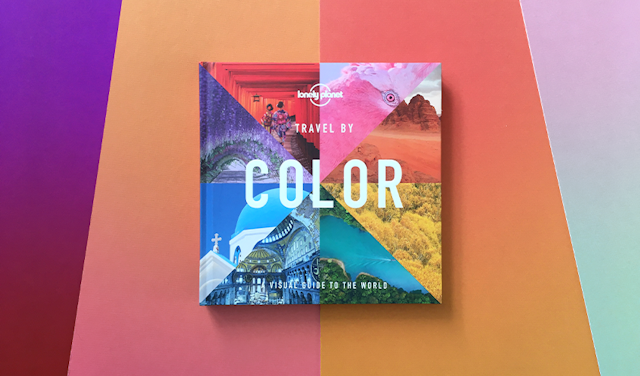Miles of shoreline, endless warm water and an array of national parks and reserves – not to mention a commitment to the environment – have made Costa Rica a perennial favorite for travelers, and one of Lonely Planet's Best In Travel winners for 2020. And San Jose is a natural jumping off point for many of Costa Rica's real gems, from volcanoes and beaches to charming small towns and ecotourism sites.
Whether it’s the solitude of absolute wilderness, family-oriented hiking and rafting adventures, or surfing and jungle trekking you seek, these are 15 of our favorite day trips from San Jose.
Editor's note: During COVID-19, please check the latest travel restrictions before planning any trip and always follow government health advice. Events may be subject to change.
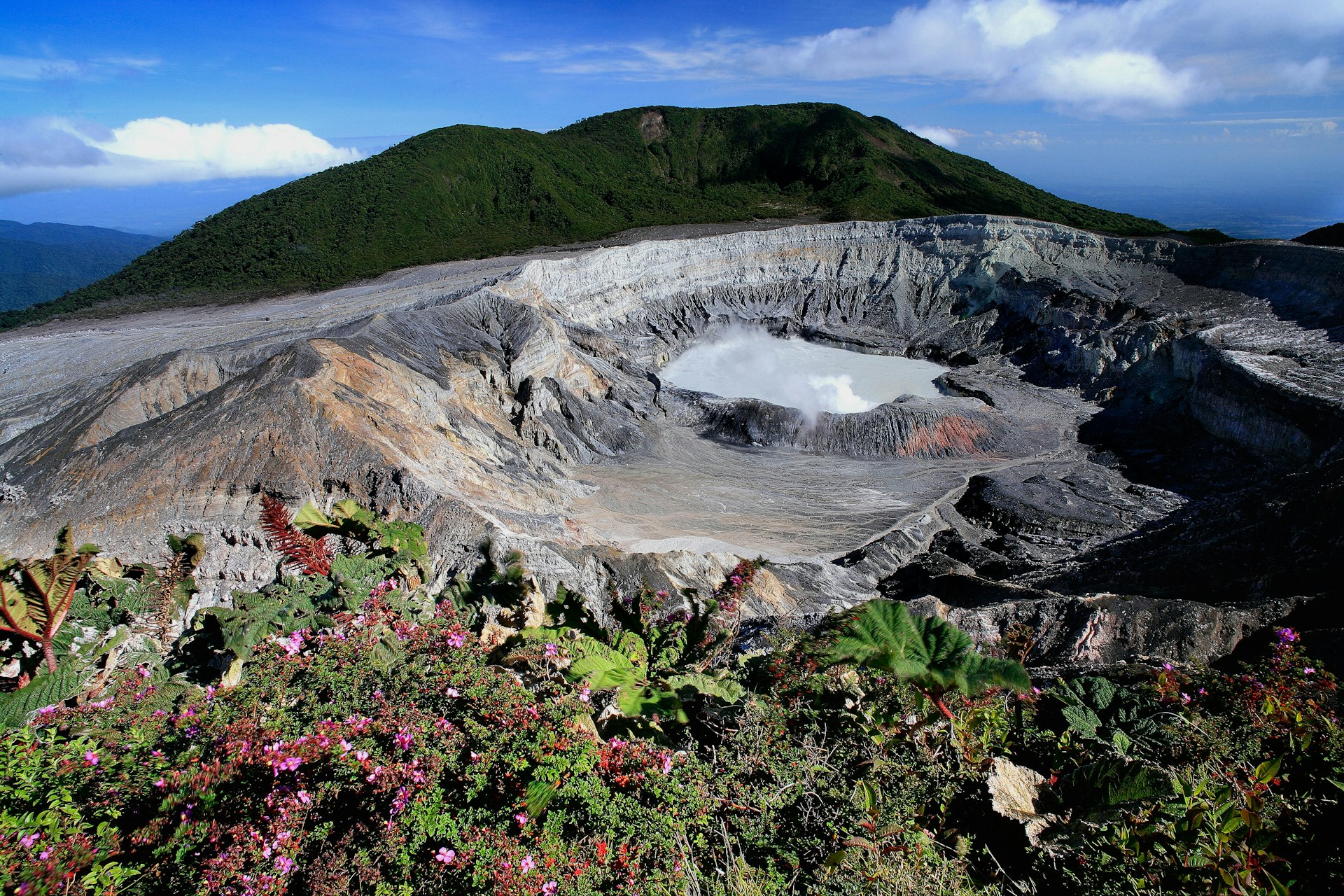
1. Parque Nacional Volcán Poás
Just 37km north of Alajuela by a winding and scenic road is Parque Nacional Volcán Poás, the home of a 2704m active volcano. Violent eruptions hadn't taken place for more than 60 years when rumblings began in 2014; there were further significant eruptions in April and June 2017, and the park did not open again until August 2018.
Getting there: Parque Nacional Volcán Poás is an hour and a half from San Jose via Autopista Gral. Cañas/Carr Interamericana/Route 1 as far as Alajuela before you turn onto Route 712. You can also take the Coopetransasi bus line, but should schedule your visit between 10:40am and 11:00am to coordinate with the bus timetable. Whether your drive or take the bus, be sure to leave plenty of time to sign waivers and other paperwork before your ticketed time, too.
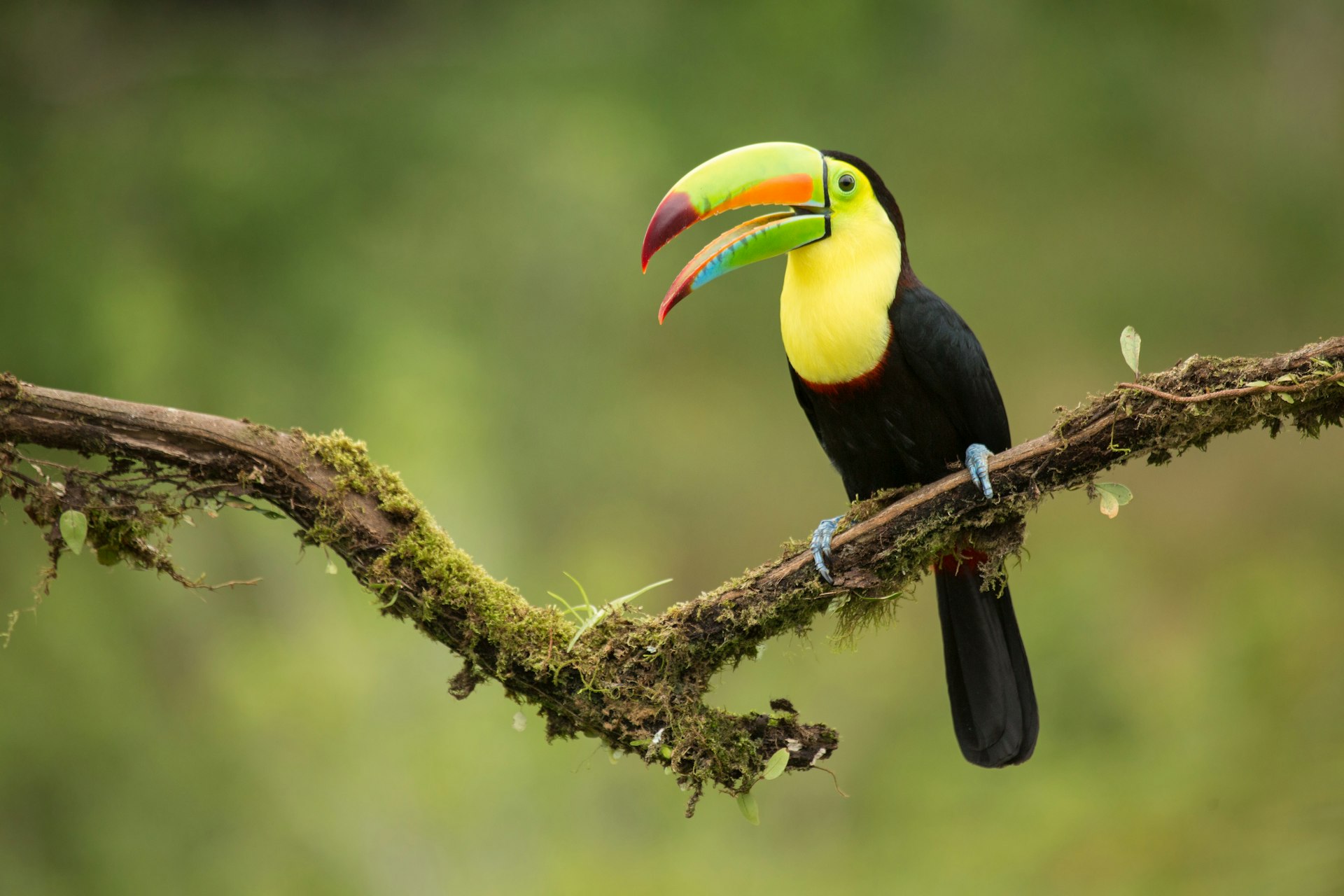
2. Sarapiquí Valley
This flat, steaming stretch of finca-dotted lowlands was once part of the United Fruit Company’s vast banana holdings. Harvests were carried from the plantations down to Puerto Viejo de Sarapiquí, where they were shipped downriver on boats destined for North America. In 1880 a railway connected rural Costa Rica with the port of Puerto Limón, and Puerto Viejo de Sarapiquí became a backwater.
Although it’s never managed to recover its former glory as a transport route, the river has again shot to prominence as one of the premier destinations in the country for kayakers and rafters. With the Parque Nacional Braulio Carrillo as its backyard, this is also one of the best regions for wildlife-watching, especially considering how easy it is to get here.
Getting there: The Sarapiqui Valley is an hour and a half from San Jose via Carr Braulio Carrillo and Corredor Noratlántico/Route 4, which runs parallel to the river and connects the towns and villages in this region. You can also catch a bus from Terminal del Caribe in San Jose.

3. Sarchí
Welcome to Costa Rica’s most famous crafts center, where artisans produce the ornately painted oxcarts and leather-and-wood furnishings for which the Central Valley is known. You’ll know you’ve arrived because just about everything is covered in the colorful signature geometric designs – even city hall. Yes, it’s a tourist trap, but it’s a pretty one. The town is stretched out along a road that weaves through hilly countryside.
Getting there: If you’re driving from San José, from the Interamericana take the signed exit to Grecia and from there follow the road north to Sarchí. Or you can take the bus from San José for around US$2.50. The trip takes about one and a half to two and a half hours and buses depart every 30 minutes from 5am to 10pm, with a change in Alajuela.

4. Barva
Surrounded by picturesque mountains only 2.5km north of Heredia, the historic town of Barva is a settlement dating back to 1561. Declared a national monument, the town center is dotted with low-lying 19th-century buildings and is centered on the towering Iglesia San Bartolomé, constructed in 1893. The surrounding area was once popular with the Costa Rican elite: Cleto González Víquez (1858–1937), twice president of Costa Rica (he built the original National Library), was born and raised here. It’s a perfect spot for a lazy afternoon stroll.
Getting there: Barva is just thirty minutes from San Jose and can be reached by car via Route 3 to Heredia. Buses travel about every 15 minutes between Heredia and Barva (about US$1, 15 minutes), picking up and dropping off in front of Barva's church. Routes from Barva to Heredia start at 4:45am and run until 11pm. The route (422) is operated by Transportes Barveños. Buses to Barva, as well as buses to San José de la Montaña/Paso Llano, can be found due north of the San José Rápidas Heredianas buses near the main drag, Avenue 4.
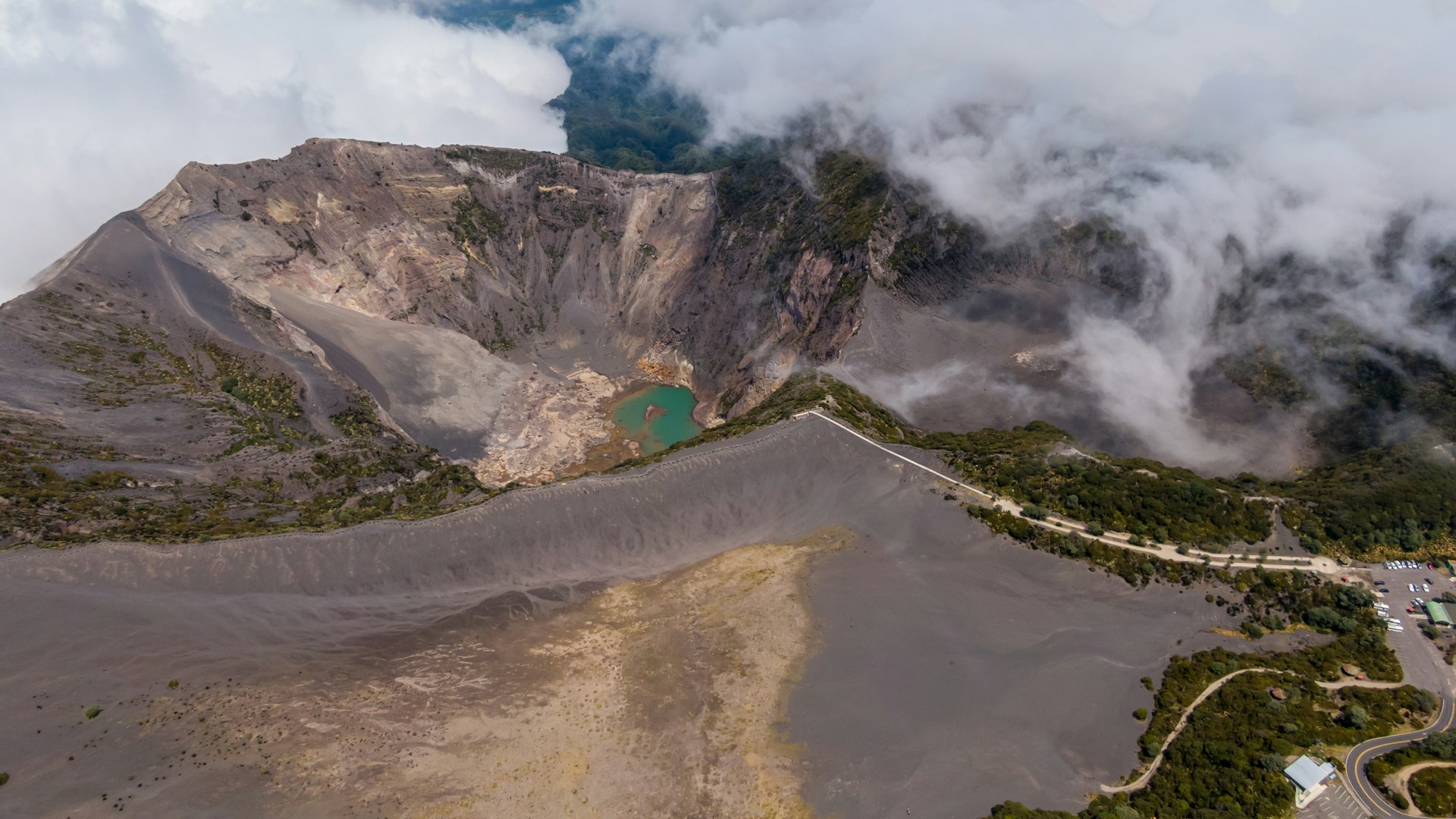
5. Irazu Volcano National Park
Looming on the horizon 19km northeast of Cartago, 3432m Irazú – which derives its name from the indigenous word ara-tzu (thunder point) – is the largest and highest active volcano in Costa Rica and one of the few you can currently walk around. Since the 18th century, 15 major eruptions have been recorded. At the time of research the volcano was slumbering peacefully.
From the parking lot, a 200m trail leads to a viewpoint over the main crater. Wooden railings prevent visitors from getting too close to the edge, but you're welcome to leave the paved trail and wander the volcanic sands of the adjacent Playa Hermosa Crater. About 300m above the main parking lot, a rutted 1km side road allows walkers and intrepid drivers to climb to Irazú's summit. While hiking, be on the lookout for high-altitude bird species such as the volcano junco.
Getting there: A daily bus to Irazú (roughly US$10) departs from San José at 8am near Hotel Costa Rica on Avenue 2 and arrives at the summit around 10am. A return bus leaves from the volcano at 12:30pm, transferring in Cartago at 1:45pm and arriving in San José at 2:35pm. A round-trip taxi from Cartago to the summit will cost about US$50; negotiate with drivers to allow you an hour to explore up top (this may cost you more).
If you’re in a group, renting a car is the best deal, as you can get to the park early, before the skies cloud over and the crowds arrive (weekends are particularly busy, when hour-long queues into the park are common). From Cartago, take Hwy 8, which begins at the northeastern corner of the plaza and continues 31km to the summit. The road is well signposted.
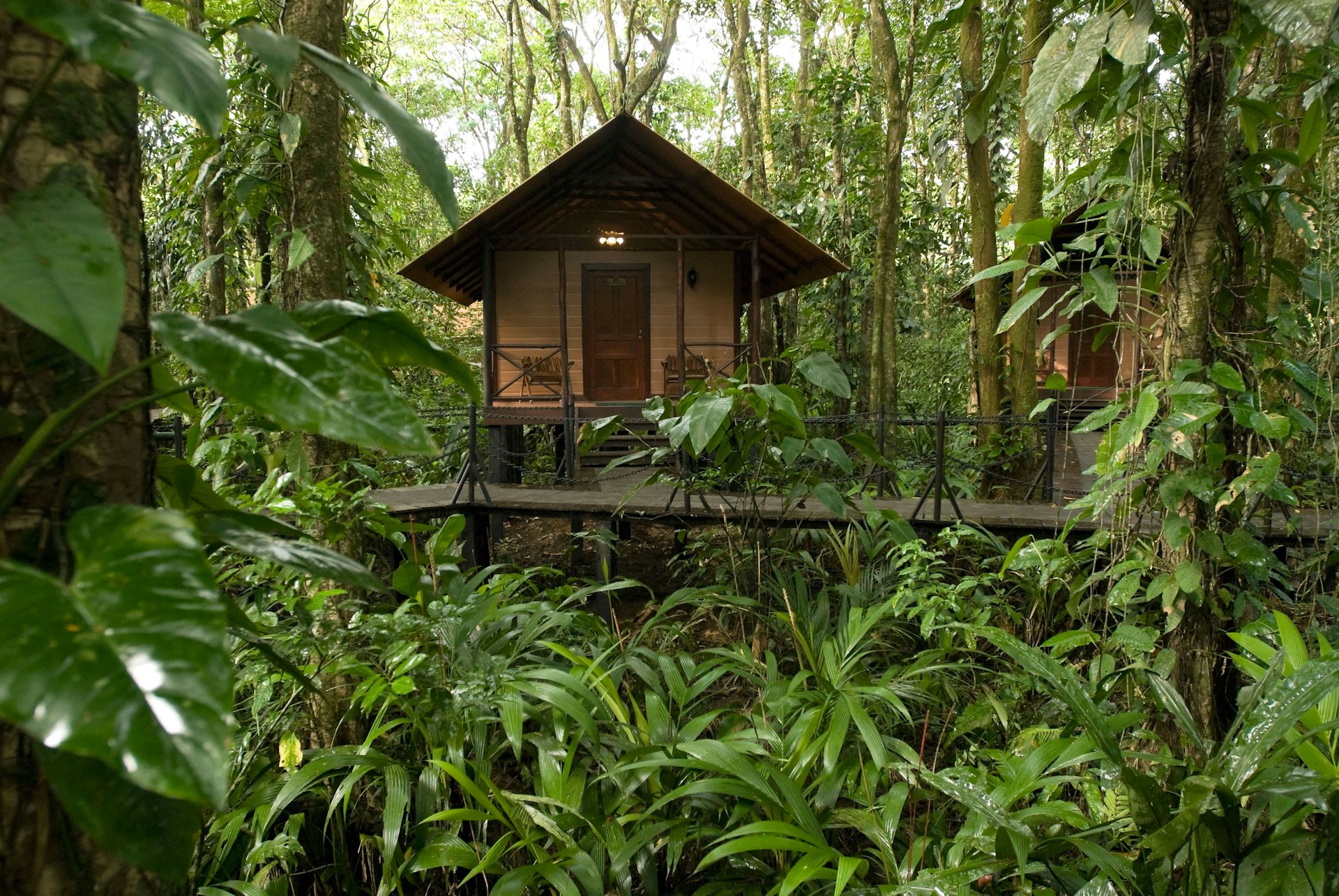
6. Parque Nacional Tortuguero
Humid Tortuguero is a 311-sq km coastal park that serves as the most important breeding ground of the green sea turtle. With annual rainfall of up to 6000mm in the northern part of the park, it is one of the wettest areas in the country. In addition, the protected area extends into the Caribbean Sea, covering about 5200 hectares of marine habitat. In other words, plan on spending quality time in a boat.
Getting there: If you're coming from San José, the two most convenient ways to get to Tortuguero are by air or all-inclusive bus-boat shuttles. The small airstrip is 4km north of Tortuguero village. Sansa has regular high-season flights, and charter flights land here regularly.
Budget travelers can save money by taking public transportation. From San José's Gran Terminal del Caribe, buy a ticket at the window for one of the early buses (6:10am or 9am) to Cariari (around US$4, two to three hours). In Cariari, buy another ticket from the bus-station window to catch a local Coopetraca bus (US$2.20, 11:30am and 3pm) to La Pavona (one to two hours), where you'll transfer onto the boat (US$3.50, 1pm and 4:30pm) to Tortuguero (around one hour).
The park entrance is a short walk south of the village of Tortuguero (the most common entry point) and is also accessible by boat from Parismina.
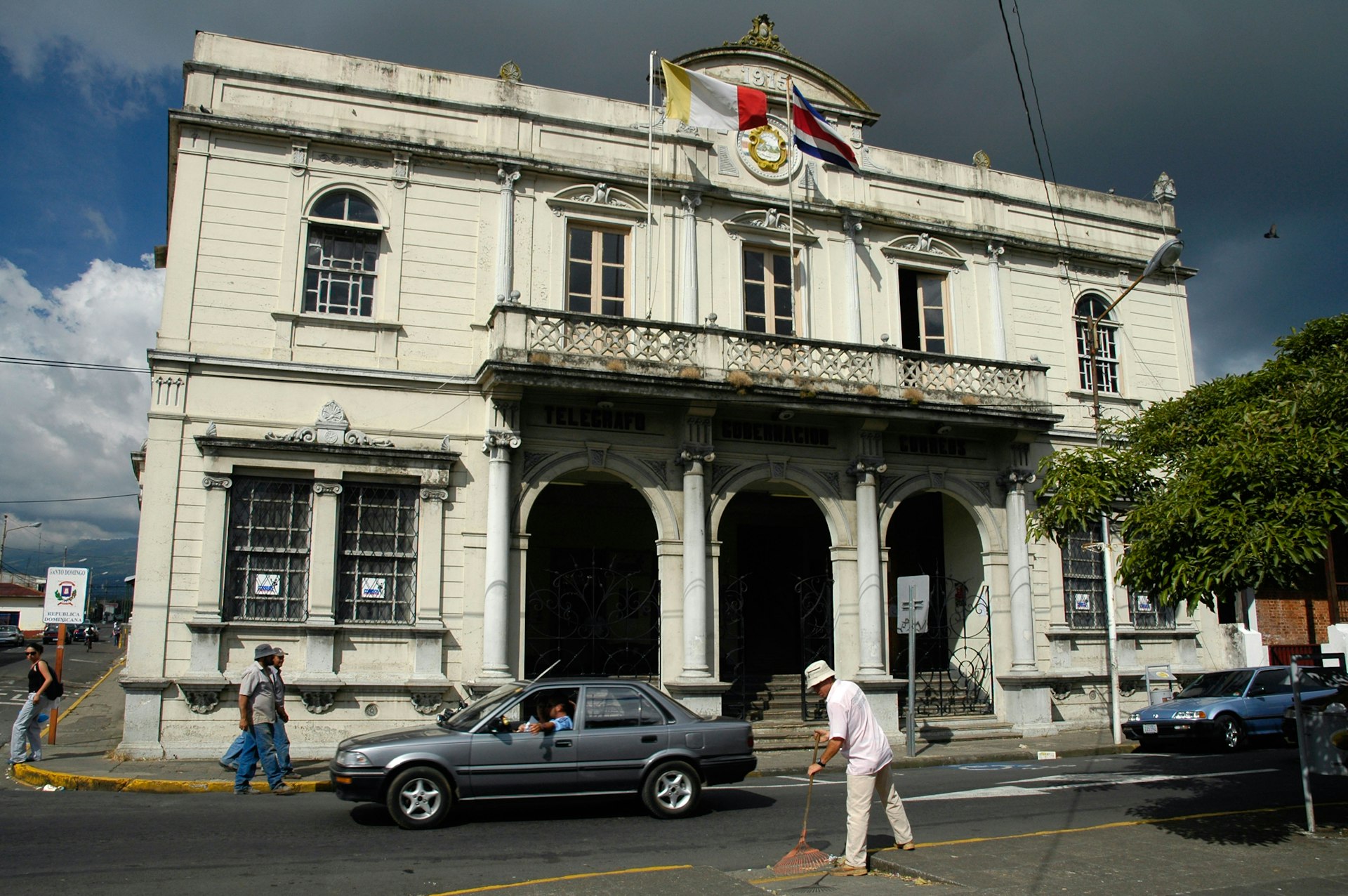
7. Heredia
During the 19th century, La Ciudad de las Flores (the City of the Flowers) was home to a cafetalero (coffee grower) aristocracy that made its fortune exporting Costa Rica’s premium blend. Today the historic center retains some of this well-bred air, with a leafy main square and low-lying buildings, reflecting Spanish-colonial architectural style.
Getting there: There is no central bus terminal; buses leave from stops scattered between the university and the Mercado Central. The San José–bound Rápidas Heredianas bus stops on Av 8 between Calle Central and Calle 1 and is the best option if you're transferring to a Caribbean-bound bus, as it drops you near San José's Terminal Caribeña. The other bus to San José can be found two blocks west.
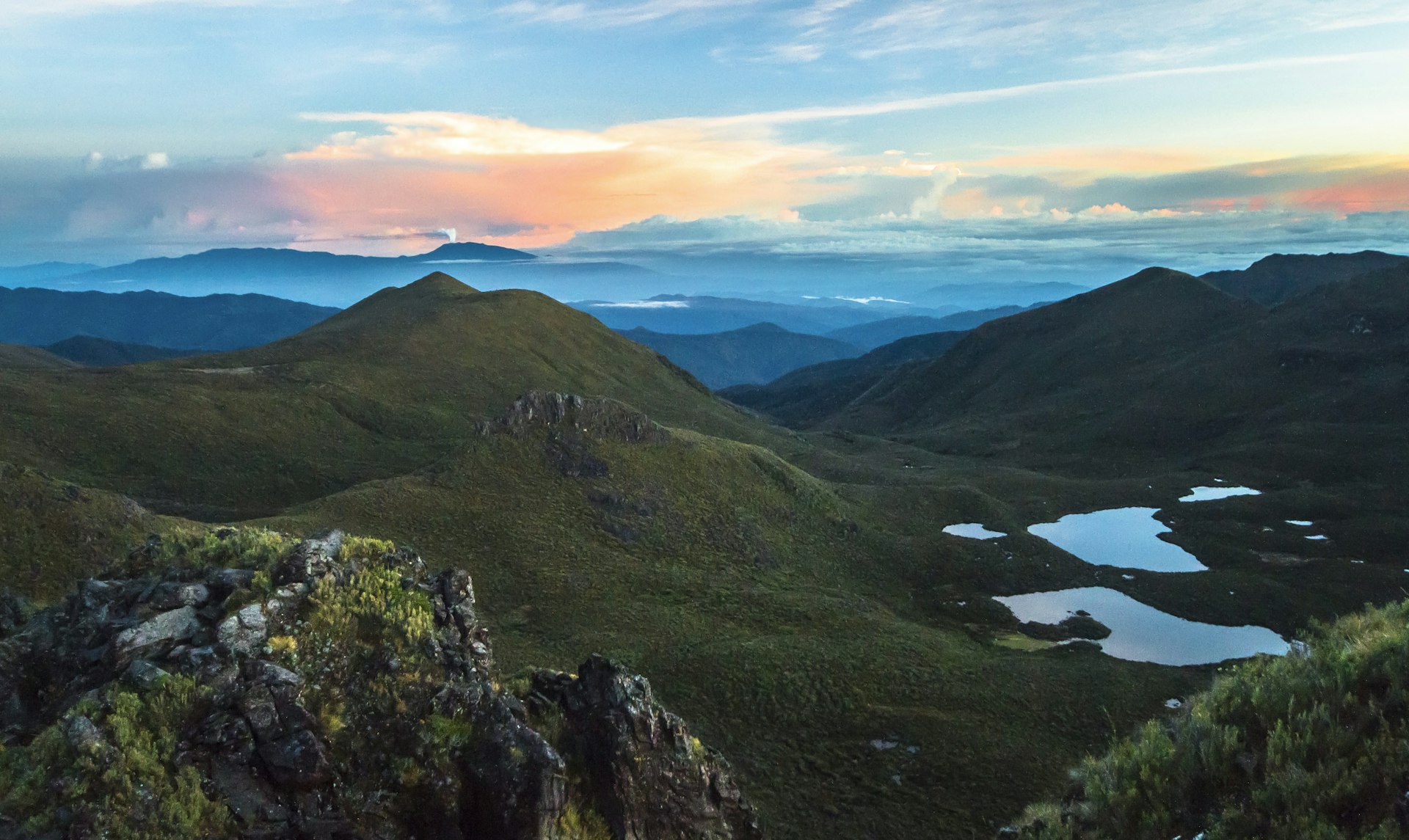
8. Turrialba
In the vicinity of Turrialba, at an elevation of 650m above sea level, the Río Reventazón gouges a mountain pass through the Cordillera Central. In the 1880s this geological quirk allowed the ‘Jungle Train’ between San José and Puerto Limón to roll through, and the mountain village of Turrialba grew prosperous from the coffee trade. Later, the first highway linking the capital to the coast exploited this same quirk. Turrialba thrived.
However, things changed by the early 1990s, when the straighter, smoother Hwy 32 through Guápiles was completed and an earthquake shut down the railway for good. Suddenly, Turrialba found itself off the beaten path. Even so, the area remains a key agricultural center, renowned for its strong coffee, ubiquitous cheese and Central America’s best white-water rafting. To the north, the area is home to two worthy sites: the majestic Volcán Turrialba and the archaeological site of Guayabo.
Getting there: A modern bus terminal is located on the western edge of town off Highway 10. Service from San José via Paraíso and Cartago runs about US$3 and takes roughly two and a half hours. Buses leave every 15 to 30 minutes from 4:30am to 9pm Monday to Saturday and 5am-9pm Sunday.

9. La Paz Waterfall Gardens
This polished storybook garden complex just east of Volcán Poás offers the most easily digestible cultural experience in the Central Valley. Guests walk 3.5km of well-maintained trails to five jaw-droppingly scenic waterfalls, and can also wander around zoo-like displays including a butterfly conservatory, get up close to hummingbirds and hand-feed toucans. Tour a serpentarium and ranarium (frog garden), witness wild cats eating meals, and devour a plate of your own at one of the park's restaurants.
It’s an ideal spot for families, and you can stay onsite at the Peace Lodge if you want to extend your day trip.
Getting there: La Paz Waterfall is an hour and a half from San Jose via Route 126.
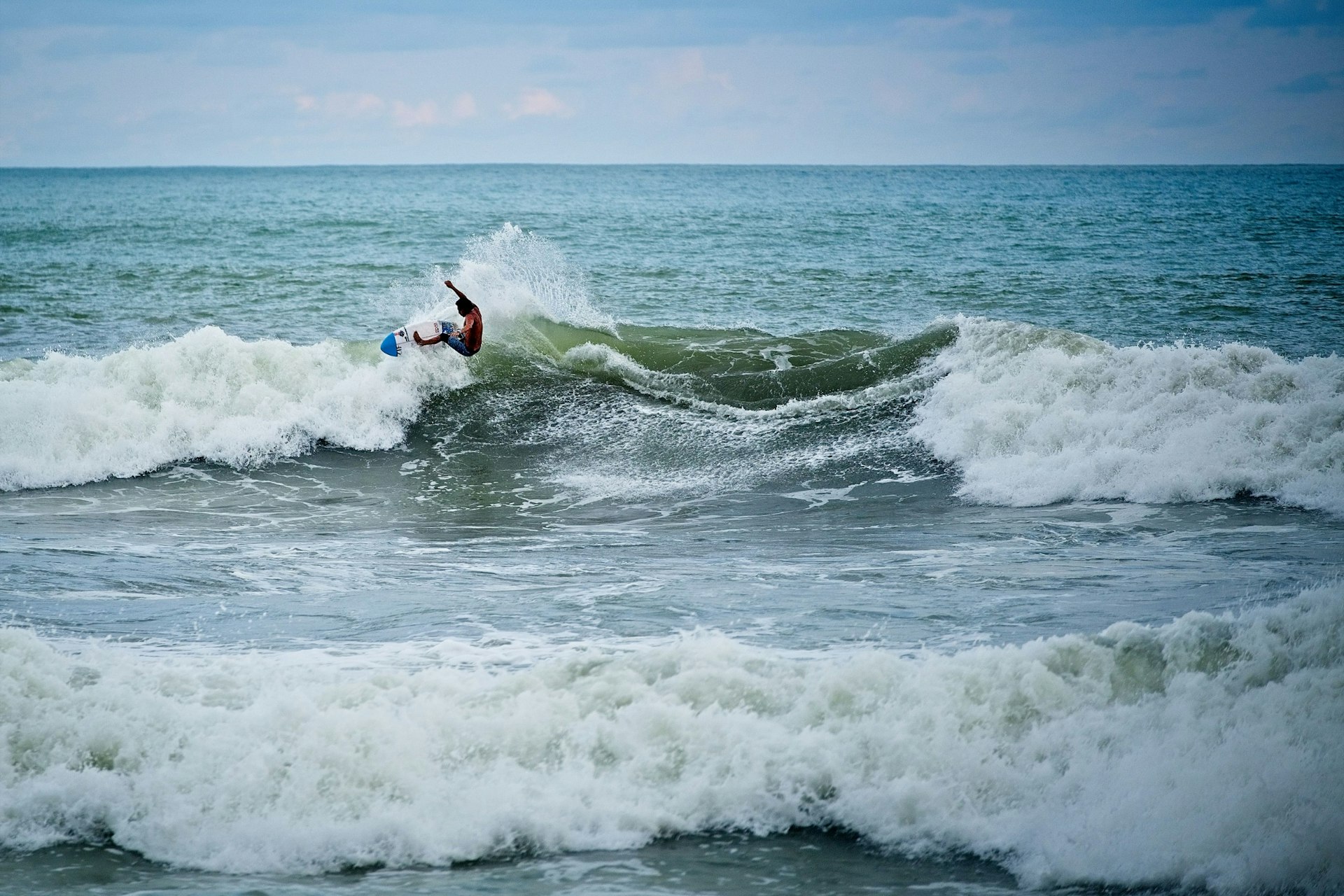
10. Playa Hermosa
Several places on the Pacific coast are named ‘Beautiful Beach’ in Spanish, and this 10km-long strip of gray sand is hardly the loveliest of the lot. Billed as an upscale alternative to Jacó, minus the hookers and the traffic, Hermosa hasn't quite avoided development, with condos popping up along the beach like mushrooms. Still, for now, it is very much a slow-paced beach village.
Regarded as one of the most consistent and powerful breaks in the whole country, Hermosa serves up serious surf that commands the utmost respect. You really need to know what you’re doing in these parts – huge waves and strong riptides are unforgiving, and countless surfboards here have wound up broken and strewn about on the shoreline. Unless you're a hardcore surfer, it's best to stick to gentler breaks near Jacó, but there's nothing to stop you from coming up here and watching the action.
Getting there: Playa Hermosa can be accessed by any bus heading south from Jacó, 5km away. Frequent buses running up and down the Costanera Sur can easily pick you up, though determined surfers sometimes hail a taxi (with surf racks) or hitchhike.
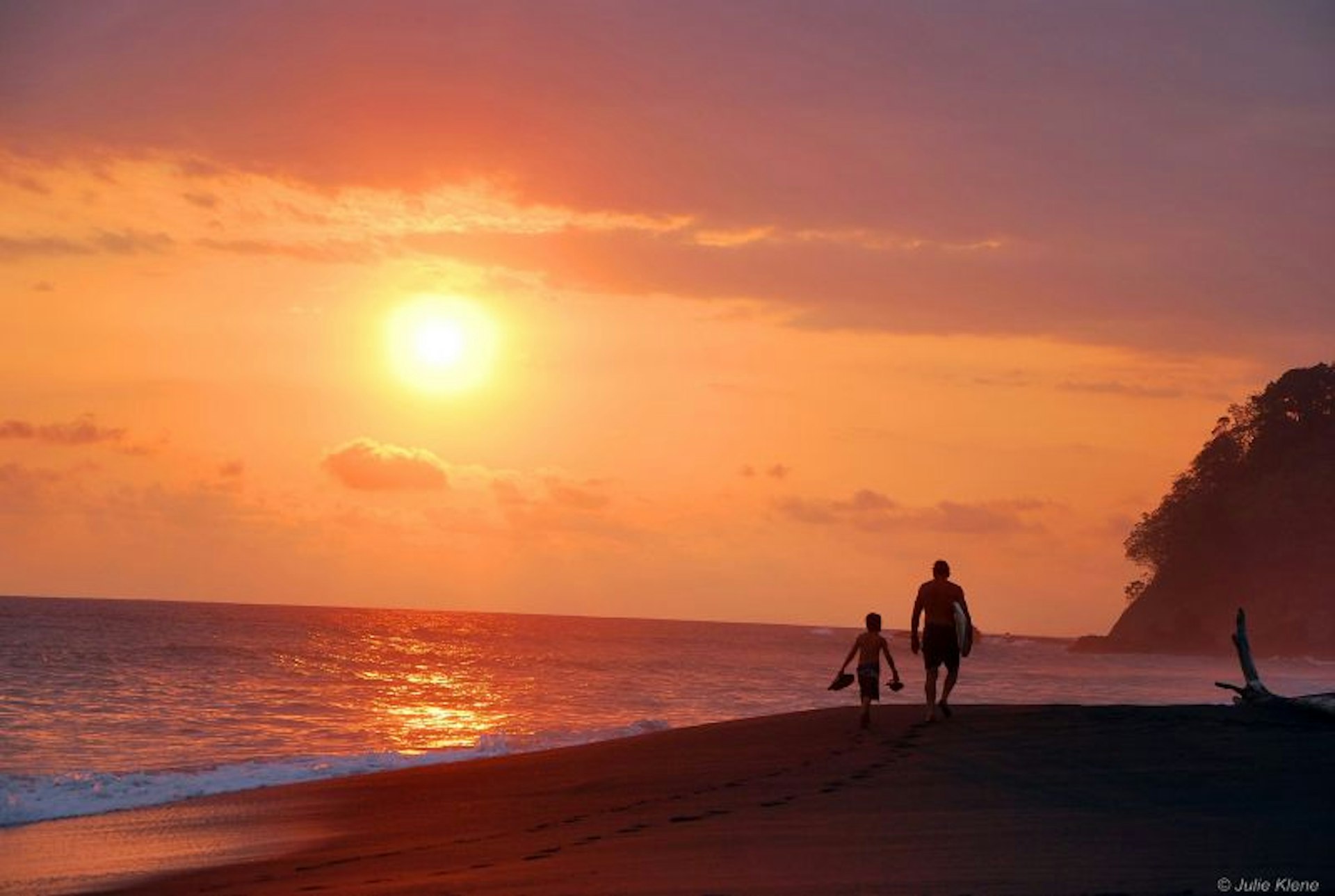
11. Jacó
Jacó was the first town on the central Pacific coast to explode with tourist development and it remains a major draw for backpackers, surfers, snowbirds and city-weary josefinos (inhabitants of San José). While Jacó's lackadaisical charm is not for everyone, the surfing is excellent, and the restaurants and bars are great, particularly those lining classy Jacó Walk.
This pleasant outdoor shopping square is where many of the town's good restaurants are located. It's adorned with multicolored bricks, potted plants and pretty lights. The restaurants all offer outdoor seating and the whole thing is very family friendly, with fountains, bike racks and a children’s playground. There's a decent craft brewery here too.
Getting there: Gray Line, Easy Ride and Monkey Ride run shared shuttles from Jacó to popular destinations such as San José (from around US$42). Meanwhile, buses for San José stop at the Plaza Jacó mall, north of the center. Around US$5.50, 2½ hours, several daily between 5am and 7pm
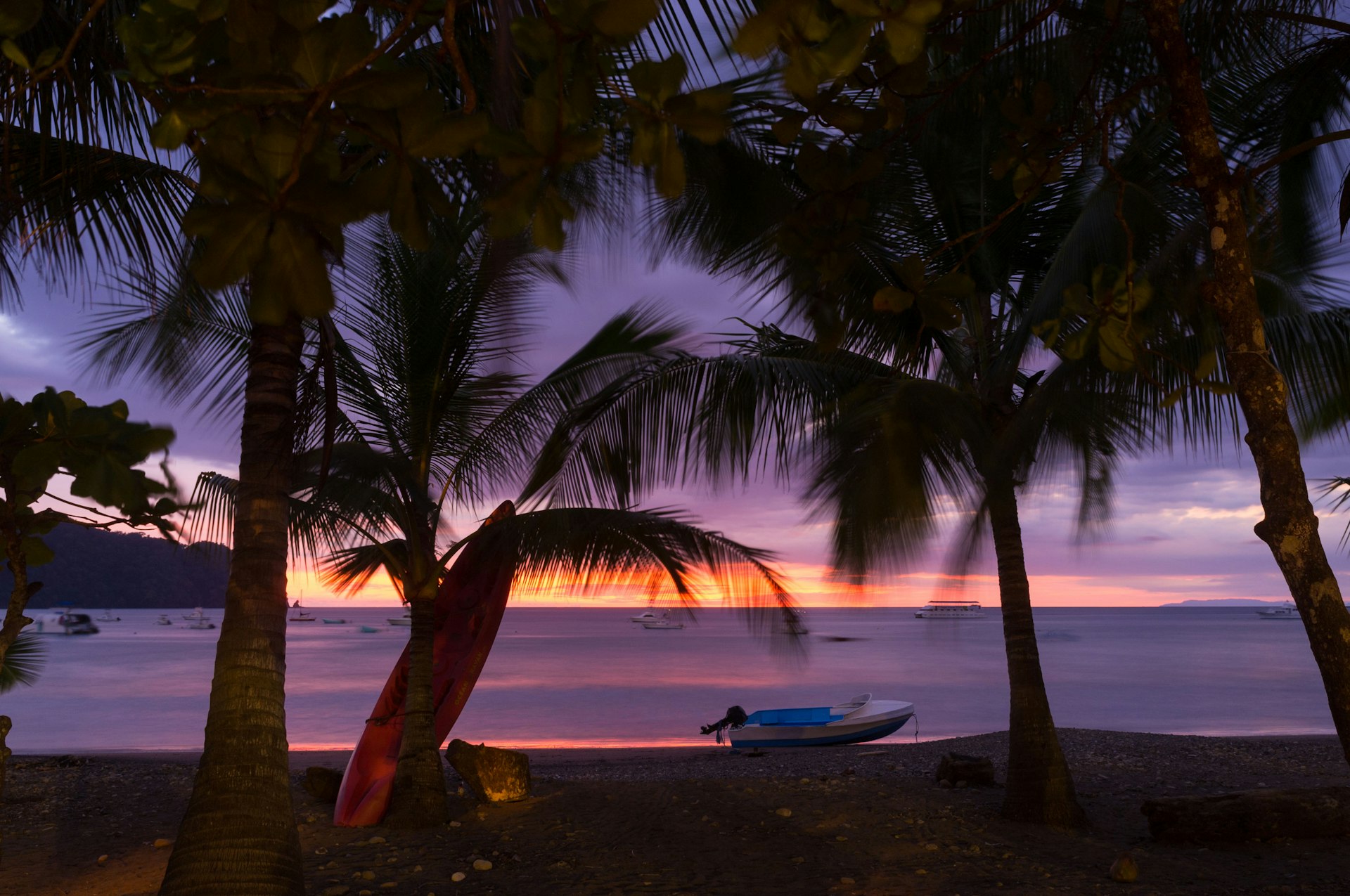
12. Playa Herradura
Until the mid-1990s, Playa Herradura was a rural, palm-sheltered beach of grayish-black sand that was popular mainly with campers and local fishers. In the late 1990s, however, Herradura was thrown into the spotlight having been used as the stage for the Ridley Scott movie 1492: Conquest of Paradise. Rapid development ensued, resulting in the construction of one of the most high-profile marinas in the country, the Los Sueños marina.
Playa Herradura represents one possible future for the central Pacific coast. Sprawling complexes of condos, fancy hotels and high-rise apartments are slowly encircling the bay and snaking up the mountainside, while the marina features rows of luxury yachts and sportfishing vessels. The southern half of the beach, at the end of the Playa Herradura road, however, is a world apart from the landscaped grounds traversed by golf buggies: it remains stubbornly local, with picnicking Ticos and bars with pounding music.
Getting there: There are frequent local buses (less than US$1, 20 minutes) connecting Playa Herradura to Jacó. If you're driving, the Herradura turnoff is on the Costanera Sur, about 6km after the Costanera Sur leaves the edge of the ocean and heads inland. From here, a paved road leads 3km west to Playa Herradura.
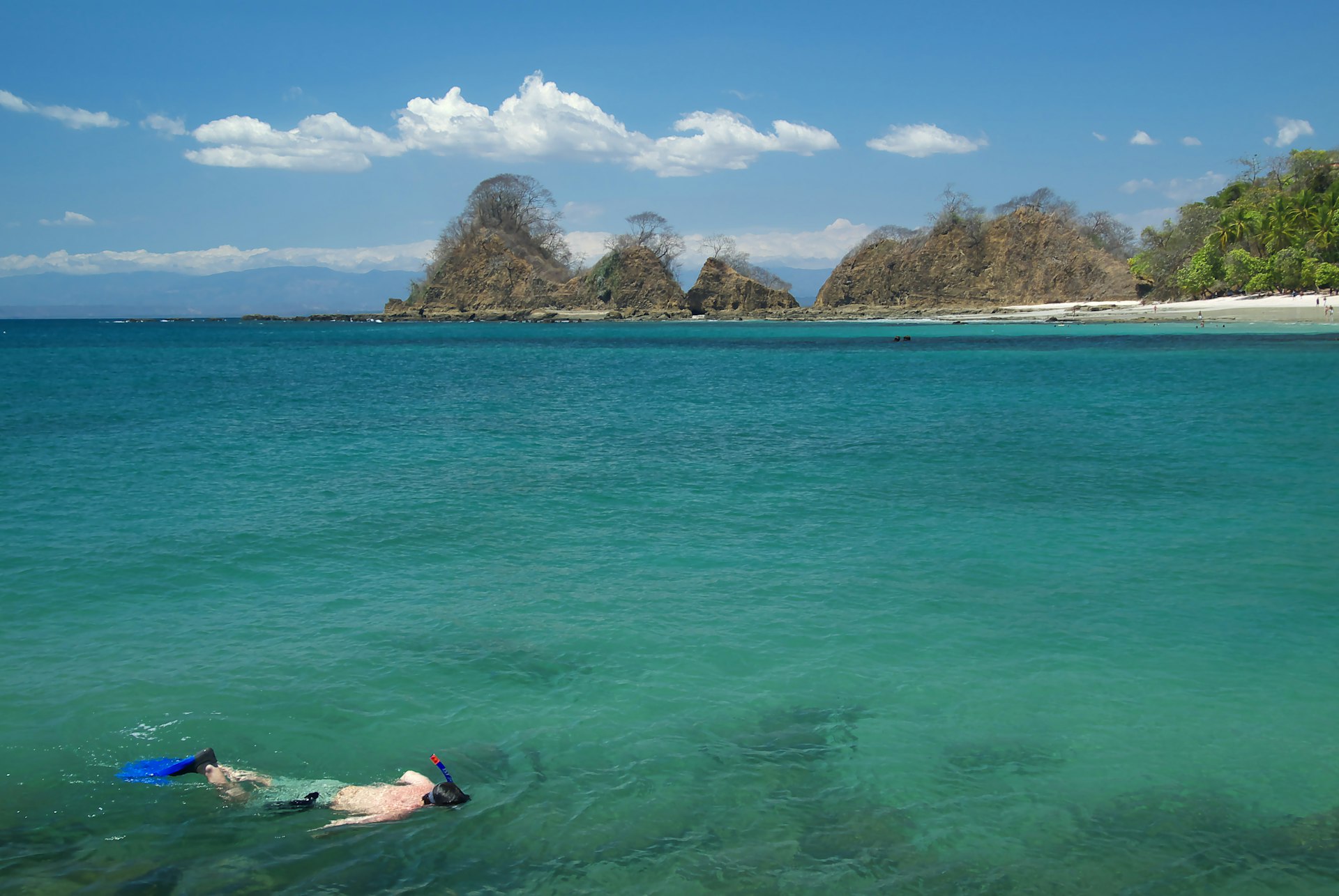
13. Punta Leona
Punta Leona is a closely held secret, with 'close' being the key word. Behind a couple of easy-to-miss entrances and long, winding driveways, its serene beaches – Playa Mantas and Playa Blanca – are the first a traveler can visit when headed from San José down the central Pacific coast, just an hour’s drive from the capital.
Getting there: The turnoff for Playa Mantas, where the public has access, is a right just after the small restaurant called Soda Nimar onto an unmarked dirt road, a 12-minute drive south of the Crocodile Bridge. At the end of the entry road, you can park for US$4, grab a swim in the tranquil, azure Playa Mantas, and then set off on foot to the south, over some rocks, to your true destination – majestic Playa Blanca. The best plan is to time the trip so that you can get to and from Playa Blancas when the tide is as low as possible.
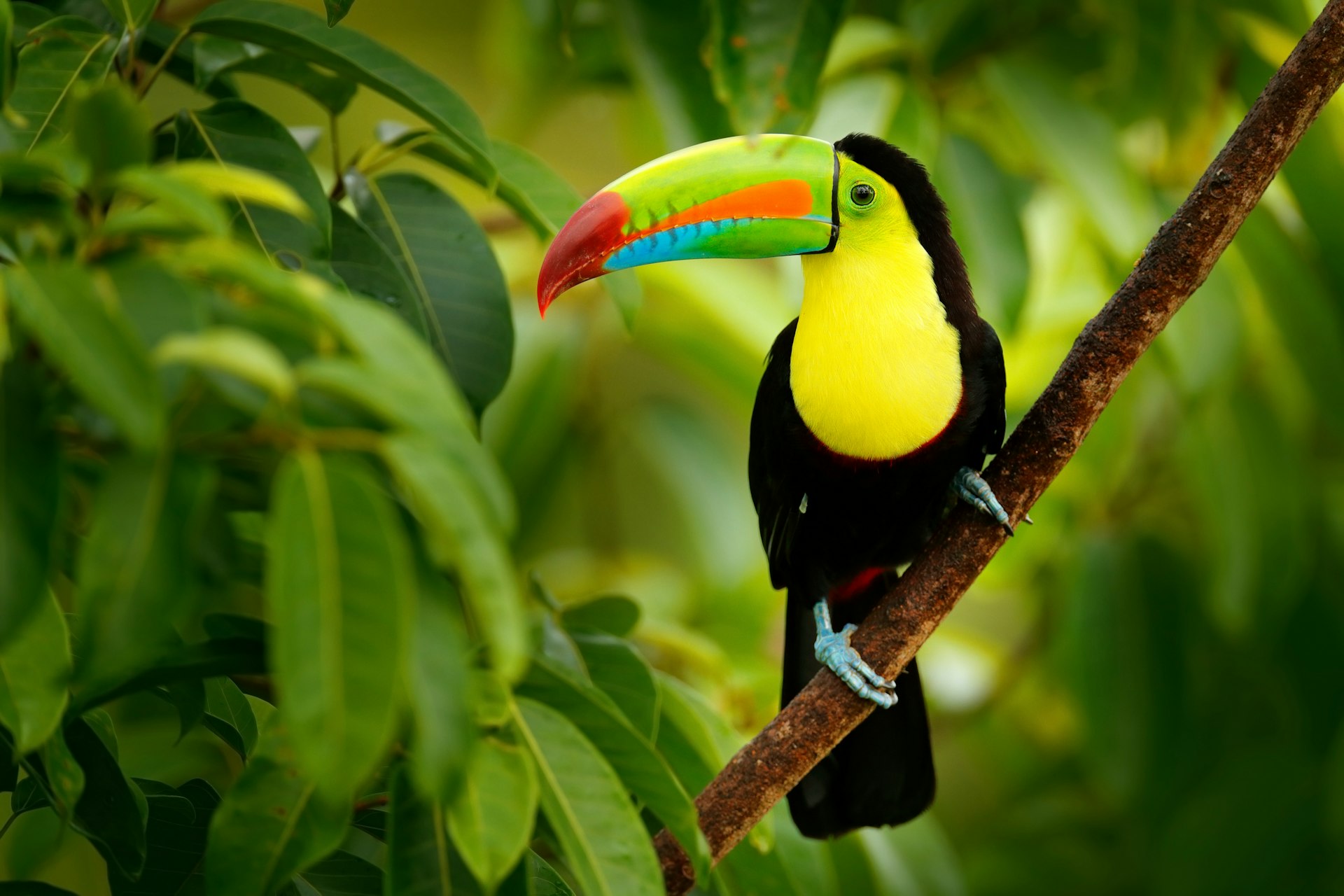
14. Proyecto Asis
It’s an animal rescue center. It’s a volunteer project. It’s Spanish classes. This community-based organization is doing a lot of good, and you can help. The introductory experience is a two-hour tour of the wildlife rescue center, but it’s worth springing for the half- or full-day ‘volunteering’ experience, which includes hands-on interaction with the animals. You'll see monkeys and birds, as well as pizotes, peccaries and more. Close-toed shoes are obligatory; bug repellent is recommended.
Getting there: It’s located in Jabillo, about halfway between Ciudad Quesada and La Fortuna. Any Fortuna–Quesada bus which passes through Chachagua (US$2.80, 40 min) can drop you here; just ask the driver. Asis can also arrange a taxi for you. Reserve at least a day in advance.

15. Centro Turístico Las Tilapias
Enthusiastic owner Chito is a passionate naturalist who spent 20 years building and introducing wildlife into a 5km canal system just outside Siquirres. It's now teeming with exotic nature, from birds, turtles and sloths to monkeys, frogs and more; Chito runs tours around his thriving canal network. There's also a tasty restaurant-bar here and some charming rustic cabinas perched above a lagoon and the canals. Take a taxi (US$3) or ask locals for careful directions, as it's tricky to find.
Chito is locally famous for befriending, training and performing with a 12ft crocodile named Pocho who lived on the premises. Pocho died in 2011, and the government has since outlawed crocodile training.
Getting there: You can drive to Las Tilapias in two and a half hours via Carr Braulio Carrillo. You can also take a bus to Siquirres, which has two main terminals. The one on the southeastern corner of the park serves Limón and San José. Buses run every 30 minutes from 2AM to 6:50PM and cost $3. From there, take a taxi (US$3) or ask locals for careful directions, as it's tricky to find.
You may also like:
The 20 best places to visit in Costa Rica
When to go to Costa Rica
The best national parks in Costa Rica
